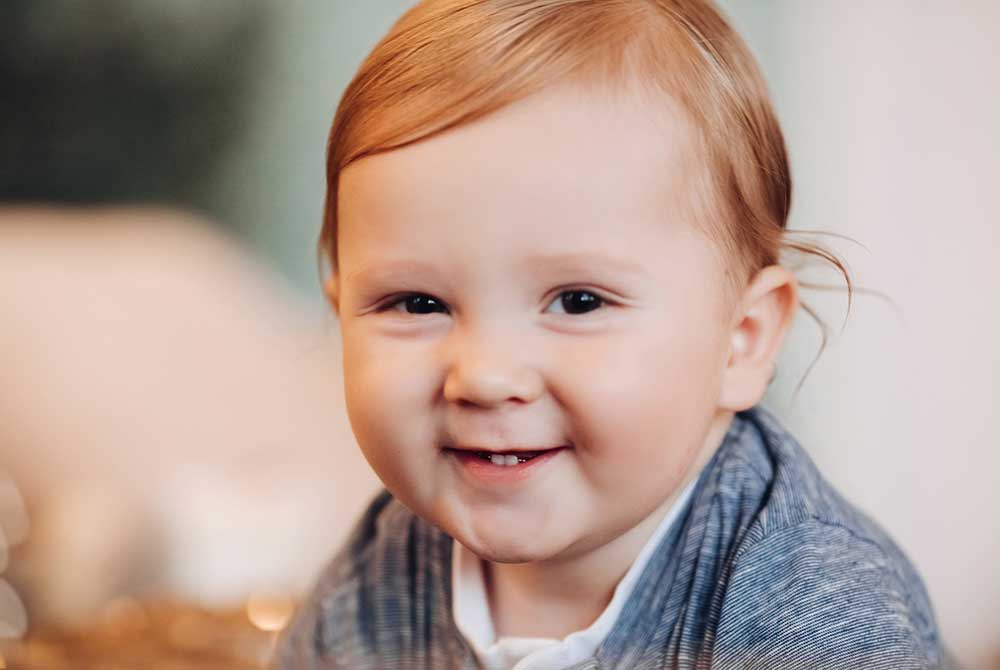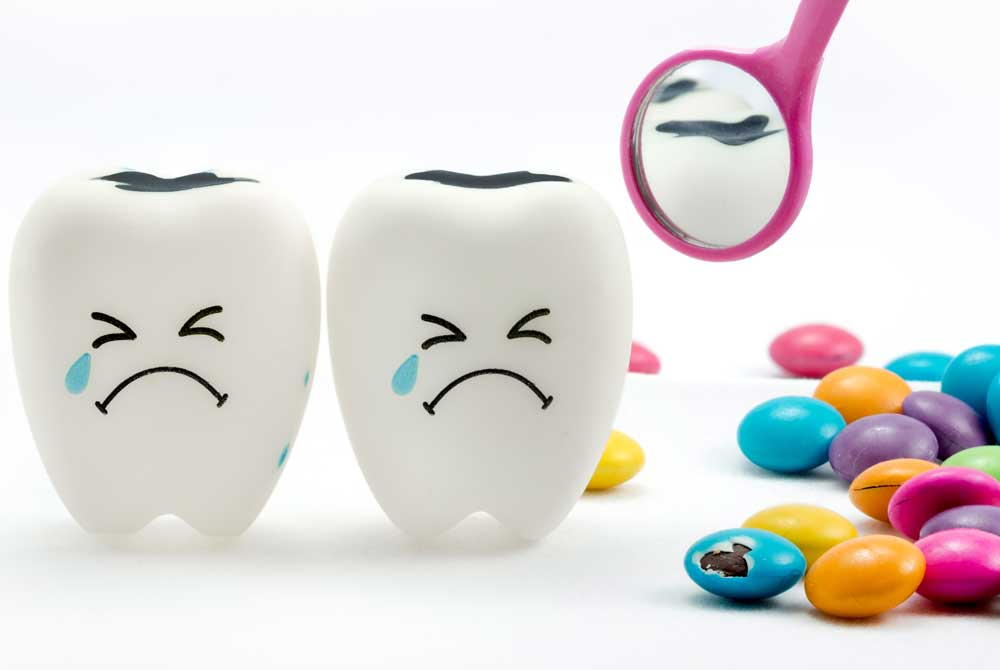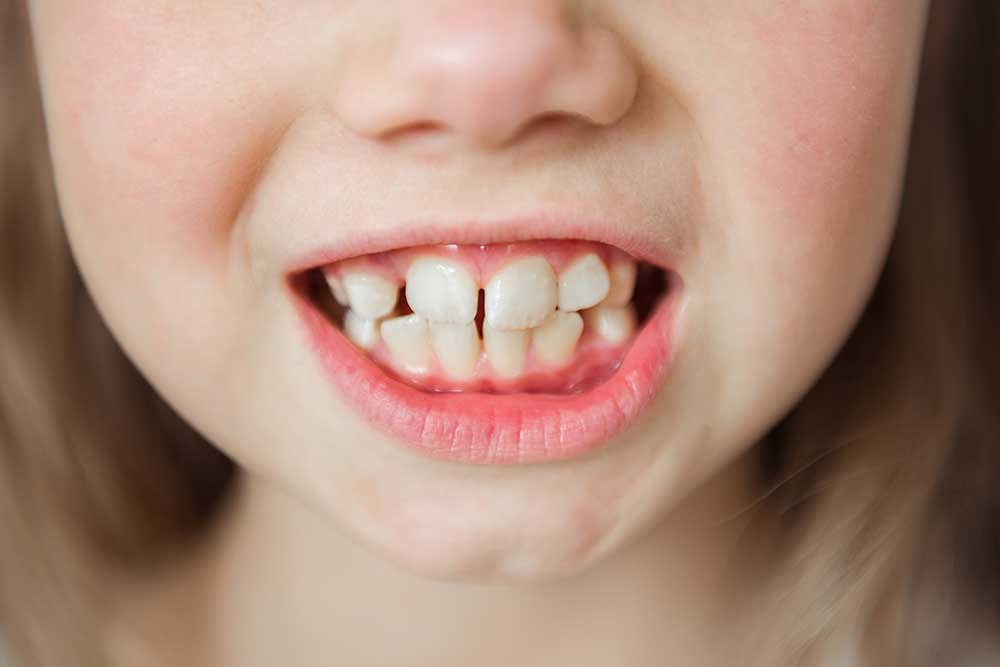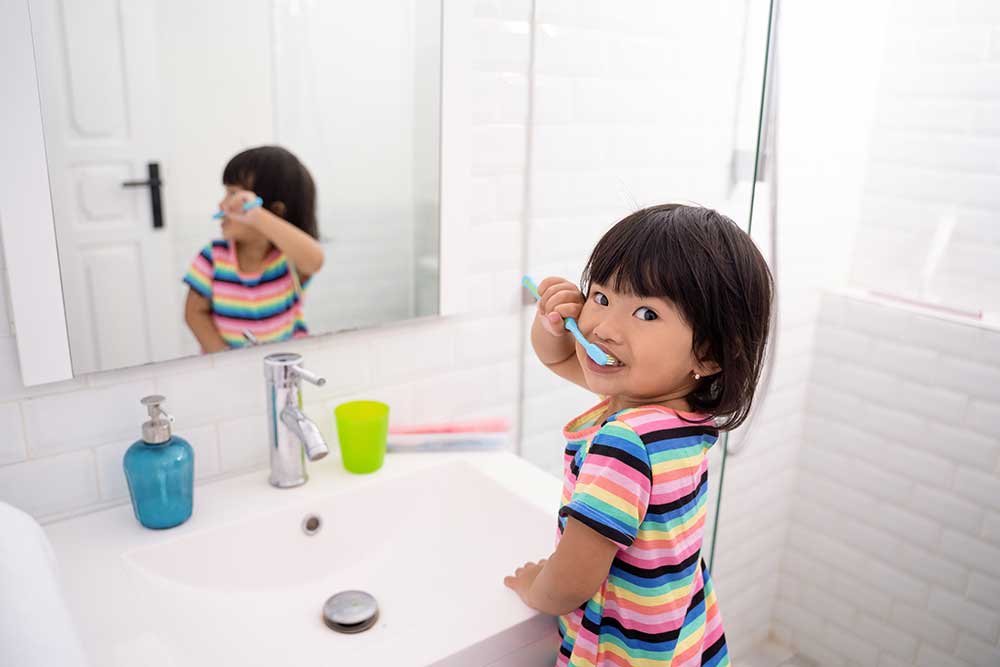Watching your baby grow and hit those key milestones is an exciting journey. One of the major milestones that many parents eagerly await is the eruption of their baby’s first tooth.
But what exactly is infant tooth eruption, and why should you care about it? Simply put, infant tooth eruption is the process where your baby’s teeth begin to appear through the gums. This might sound straightforward, but there’s a whole timeline and set of experiences that come along with it. Understanding when to expect these little pearly whites can help you prepare for the ups and downs of teething, making the whole experience a bit smoother for both you and your baby.
The Timeline of Infant Tooth Eruption
- The First Tooth: A Milestone to Remember
The appearance of that first tiny tooth is a big deal! Not only is it adorable, but it also marks a new stage in your baby’s development. - When to Expect the First Tooth
Most babies get their first tooth around six months, but this can vary widely. Some babies might start teething as early as four months, while others might not see their first tooth until they are a year old. Don’t worry if your little one doesn’t follow the exact timeline—each baby is unique. - The Full Set: When Do All Baby Teeth Emerge?
By the time your child is around two and a half to three years old, they will likely have a full set of 20 baby teeth. These include incisors, canines, and molars, which all serve different functions for eating and speaking.
Stages of Tooth Eruption
- Lower Central Incisors
These are typically the first teeth to emerge, usually around six to ten months. You might notice your baby getting a bit cranky, drooling more, and wanting to chew on everything in sight. - Upper Central Incisors
Shortly after the lower central incisors come in, the upper ones usually follow suit. Expect these around eight to twelve months. This is when those classic toothy grins start making their appearance! - Lateral Incisors
These are the teeth next to the central incisors. The lower ones usually appear between ten and sixteen months, and the upper ones between nine and thirteen months. - First Molars
The first molars are important for chewing and grinding food. They typically come in between thirteen and nineteen months. This stage can be a bit tough as molars are larger and may cause more discomfort. - Canines (Cuspids)
These pointy teeth, which appear between sixteen and twenty-two months, can cause quite a bit of fussiness due to their sharp nature. - Second Molars
The second molars are the last to arrive, typically between twenty-five and thirty-three months. Once these are in, your child has a full set of baby teeth!
Potential Issues with Tooth Eruption
- Delayed Eruption: Should You Worry?
While there’s a broad range of what’s considered “normal,” delayed eruption can sometimes indicate underlying issues. If your baby hasn’t gotten any teeth by 18 months, a visit to the dentist might be in order. - Early Eruption: What It Means
On the flip side, if your baby starts teething super early, there’s usually nothing to worry about. Early eruption is often just a variation of normal development. - Eruption Cysts and Other Dental Concerns
Sometimes, small bluish bumps called eruption cysts can appear on the gums. These usually resolve on their own, but if you’re concerned, your pediatric dentist can offer guidance.
Conclusion
Teething is a big milestone in your baby’s life, and each new tooth is a small victory worth celebrating. It can be a challenging time, but remember that this too shall pass. Before you know it, your little one will have a full set of teeth and be well on their way to tackling the next set of developmental milestones. And while baby teeth will eventually make way for permanent teeth, each tiny tooth is an important part of your child’s growth journey.
Concerned about your child’s tooth eruption? We’re here to help!







